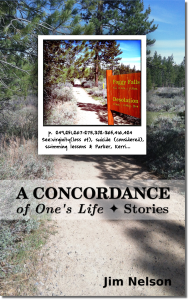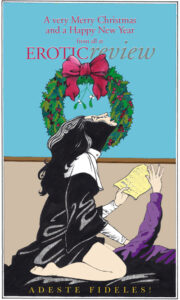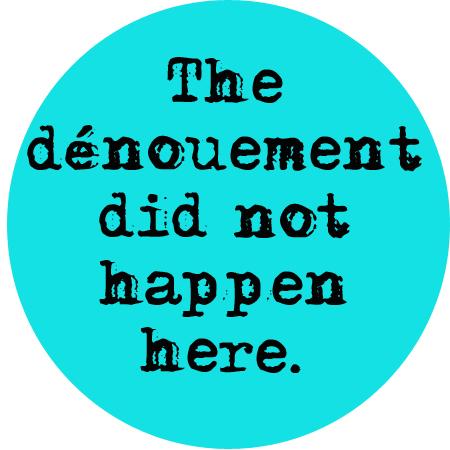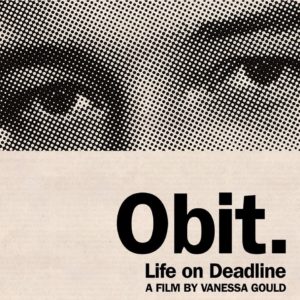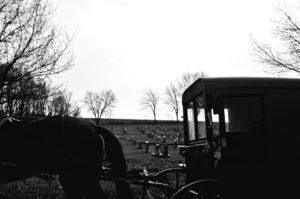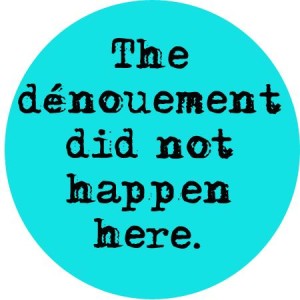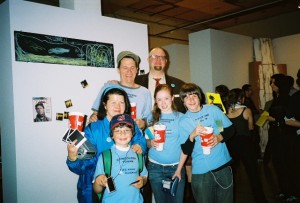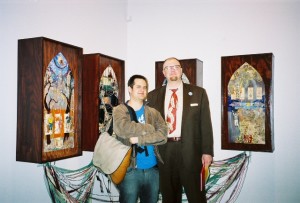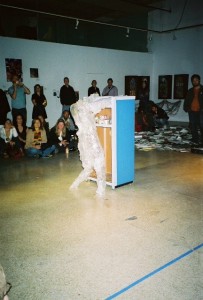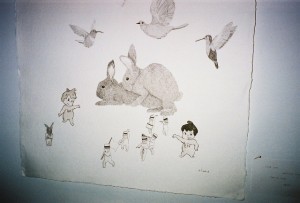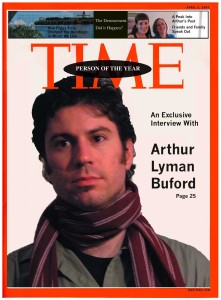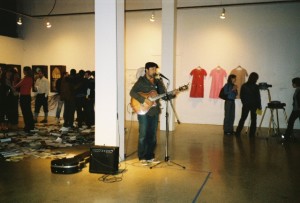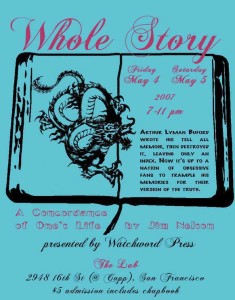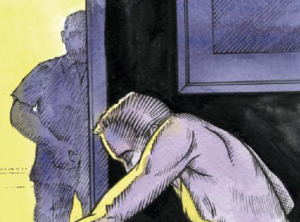
I once wrote erotica by accident. Writing and getting the story published is a wild tale.
If you know of anything of my output—my novels, my interactive fiction—that might surprise you. You’ve probably never read anything by me that remotely involves the sex act: No kinky sex, no ho-hum sex, not even missionary style. Generally, I shy away from that kind of thing. Getting it published in an erotica magazine still tickles me to this day.
It begins in a creative writing class. The instructor offered us a list of writing prompts. We were to select one and write a story opening.
The first speed bump in this tale is that these prompts were communicated to us orally. The prompt I selected regarded a teenage lifeguard named Hamke. Years later, I learned I had misheard the details. The prompt did not include the name “Hamke” or anything about a lifeguard. How I managed to screw up so much remains a mystery lost to the shroud of time.
In any event, the name and occupation stuck. I assumed it was a German name, as I’d never heard of it before. (Apparently, I’m not alone.) While I enjoy swimming, I’ve never known a lifeguard nor worked as one. Why this prompt caught my interest, I do not know. Over the following week I roughed out a first draft about a teenage Hamke standing guard over a motel pool in Nevada. In need of a title, I jammed one onto the front page of the manuscript: “Living It Up at the White Sands Motel.” (I believe it was a riff on the quip about cheap lodgings being a “low-rent Shangri-la.”)
Around this time, I dated a woman also enrolled in the creative writing program. She was experimenting with poetry about the body. She read many of my stories, which is generous—even when you’re dating a writer, that’s no guarantee they’ll actually read your output. She called my work cerebral, and noted that my characters seemed to be “detached” from their physical nature. She challenged me to write a story where the main character’s physicality is centered.
Now, this doesn’t necessarily mean “write about sex” or “write about someone with a smokin’ bod.” It could mean the main character is physically challenged, or has suffered some grievous physical damage they’re recovering from. It could mean some aspect of their body defines them in a material way. (All of this was in mind as I wrote my Bridge Daughter series of books.)
In this case, I went for the obvious: Hamke would have sex. More than that, he would lose his virginity.
I poked and prodded at the manuscript—draft after draft—trying to tune all the off-key notes. In workshops, peer writers would scratch their heads trying to figure out what to make of this strange story. There was a lifeguard with a flat-top and a weird name, an empty motel in the desert, and an older couple from New Jersey who invites him to their air-conditioned room for an afternoon romp. By this time I’d renamed it (still flailing for a proper title) “At the White Sands Motel, 1956.”
I submitted to the usual literary magazines, searching high and low for a place to land it. The rejection slips came back a bit more quickly than the other stories I’d sent out. Perhaps the complaints I heard in in the workshops (“‘Hamke?’ Is that Jewish?”) was now confounding editors. The sex was not graphic, but it was on the page and not merely alluded to. The wife was acidic and domineering, and her husband frustratingly passive. Wide-eyed Hamke, who was simply “along for the ride” (so to speak), was not a character to stand up and cheer for.
Enter London-based writer Saskia Vogel. By chance, she came into the bar I tended while working through graduate school. She was working on a study of kink; I despaired over a short story about a lifeguard losing his virginity. We swapped email addresses and kept in touch after she returned to England.
Around this time, fellow grad student Lizzy Acker mentioned off-the-cuff she was developing a new San Francisco reading series with the theme “funny / sexy / sad.” The work writers presented had to feature one of those elements.
“You know,” I said, not entirely innocently, “I have a story that’s funny, sexy, and sad.”
It’s true: Hamke’s fumbling and awkward loss of innocence is funny. The wife impatiently orders Hamke across a tour of her body as though teaching him to drive a stick shift. It’s sad, too. As one workshop instructor remarked, the boy is robbed of a positive formative experience.
Lizzy included me in the series’ opening night line-up, and the reading went uproariously well. Maxfield’s House of Caffeine was packed. The audience reacted with every twist and turn of Hamke’s journey. They burst out laughing at all the right moments. Red-faced parents held their hands over their children’s tender ears. People were moved by the ending, and a couple of tears were shed. The applause knocked me off my feet. It was, by every measure, the best reading I gave.
How the hell could I not get this story published?
Then, an interregnum. I separated from the girlfriend who challenged me to write about the body. I separated from my appendix, and a few months later, I busted up my right shoulder. I separated from graduate school. (Well, a degree was conferred, how’s that.) Hamke’s story remained a magnet for rejection slips. Meanwhile, medical bills ate through my meager bartender savings.
With no more excuses, I returned to full-time employment. The first year with my new company, the sector we were involved in hosted their annual conference in, of all places, the Canary Islands.
That’s how, six months after staring down bankruptcy and unemployment, I found myself on an island in the Atlantic a mere 500 miles from Marrakesh. I rented a cheap open-air room overlooking the Las Palmas promenade and a pristine sunning beach. After the conference concluded, I stayed on for another week to explore the island and write.
During this vacation I received an email from Saskia Vogel in London. She heard from an editor friend that the UK-based Erotic Review was in need of fiction. Didn’t I have a story about a guy having sex for the first time?
In that low-rent Shangri-la, the couch doubling as my bed, and the drapes billowing from the breeze coming off the beach, I hustled one more edit pass out of my aging Hamke story. Thankfully I brought my writing notebook computer with me. This was not a time when Wi-Fi was a sure thing in a rented room, especially in an out-of-the-way place like Gran Canaria, but I was set. I emailed my little story to editor and publisher Jamie Maclean.
Before I did that, though, I used the Wi-Fi to study up on just whom I was submitting to. My search revealed I was not soliciting some amateur outfit. ER had been around since before 1995, and had published numerous erotic books on top of a monthly subscription-based magazine. Their readers spanned the UK and North America. Not only had I never published a work of erotica, I’d never been published by a magazine that survived off subscriptions.
With a healthy taste of self-doubt in the back of my mouth, I pressed the Send button. Then I did what I usually do after submitting a piece to a magazine: I got my mind off things. I went downstairs. I walked the promenade, had a couple of drinks at a beach bar, got my toes in some sand.
When I returned to the room, I of course checked my email, fully expecting to find nothing. Instead, an acceptance email waited in my inbox. Compared to the usual turnaround times for literary magazines—one sent me a rejection two years after submission—this was lightning fast. Later it dawned on me that my accidental vacation spot had contributed to the quick response: I was in the same time zone as London, where ER was published.
Three months later, a contributor’s copy of Erotic Review and an international money transfer arrived at my apartment in California. My Hamke story was out there.
And that’s how I became a writer of erotica, scribbler of filth and peddler of smut.
Postscript:
My tale might be seen as a reversal of Ray Bradbury’s strategy to seek out unusual places for his work (such as Gourmet publishing his “Dandelion Wine”). I sought out unusual places to publish an erotica story, and eventually found a natural home for it.
Being published in an erotica magazine has become a point of pride for me. I never set out to write erotica, and I’ve never considered pursuing it since. I once read that no one writes erotica under their real name. Well, I did, although when you have as generic a name as “Jim Nelson,” perhaps it doesn’t matter.
Erotic Review is a class act. They continued to stay in touch. I received editorial updates and invites to ER parties (which, sadly, were all in London). They even sent digital Christmas cards, such as the one above.
Recently ER changed hands and is now retooling under a new editorial staff. If you’re interested in supporting the relaunch, visit them at ermagazine.com.
“At the White Sands Motel, 1956” is collected with nine other short stories in A Concordance of One’s Life.
